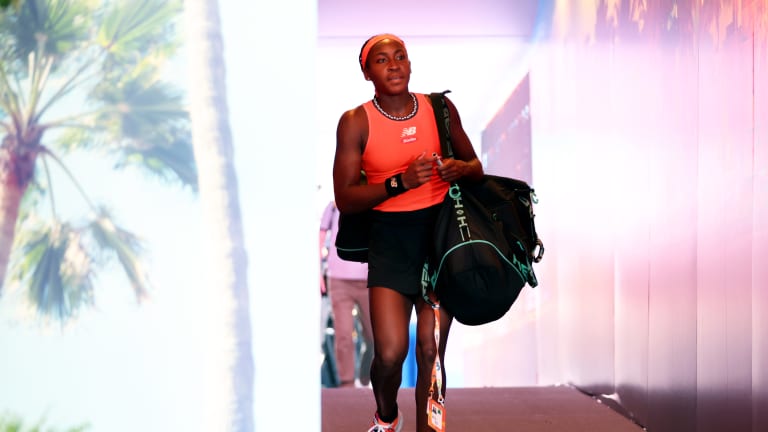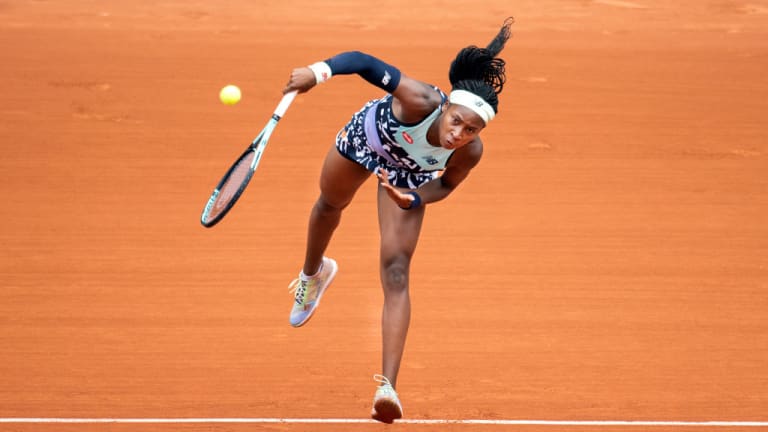Is Coco Gauff at a crossroads?
By Apr 11, 2023The Business of Tennis
Coco Gauff is Forbes' highest-earning female athlete for second year running
By Dec 18, 20252025 Year In Review
WTA Match of the Year Honorable Mentions: Comebacks, marathons, anti-epics, and Sabalenka on the winning side
By Dec 13, 20252025 Year In Review
WTA Player of the Year, No. 3: Coco Gauff
By Dec 11, 2025The Business of Tennis
Coco Gauff inks deal to become global brand ambassador for Mercedes-Benz
By Dec 09, 2025The Business of Tennis
Coco Gauff tops Sportico's highest-paid female athletes list for third year running; Sabalenka, Keys make major jumps
By Dec 04, 2025Ranking Reflection
Coco Gauff becomes youngest woman to finish in the Top 3 for three straight years this century
By Nov 27, 20252025 Best Viral Moments
When Frances Tiafoe and Coco Gauff walked onto court without racquets
By Nov 26, 2025Ranking Reflection
Four American women finished in the Top 10 this year for the first time since 2004
By Nov 24, 2025United Cup
Swiatek, Gauff, Osaka, Auger-Aliassime, Zverev among 2026 United Cup entrants
By Nov 17, 2025Is Coco Gauff at a crossroads?
The former prodigy isn’t the next anyone—she’s the first Coco Gauff, working and navigating her way through late adolescence while trying to develop a clear identity as a tennis professional.
Published Apr 11, 2023
Advertising
Advertising

Expectations will always be high for Coco Gauff, who became a household name at 15.
© Getty Images
Advertising
Advertising

“She’ll be a real threat again on clay,” says Rennae Stubbs of the 2022 French Open runner-up.
© Corbis via Getty Images